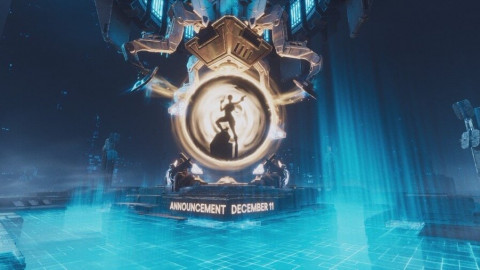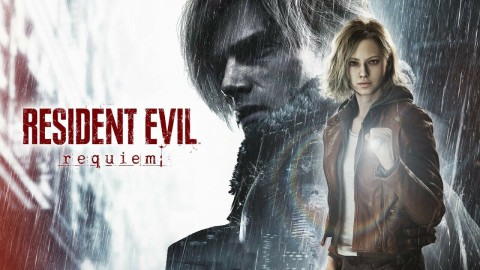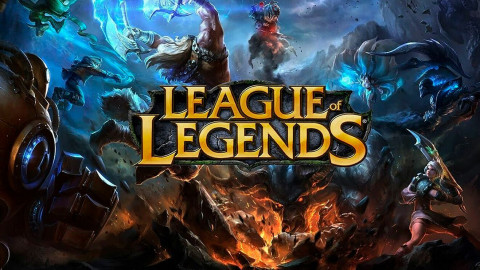
Video game development is a collaborative process, with hundreds, and sometimes thousands, of artists, designers, and programmers coming together to build the stories and worlds players will explore. But with many of our favorite games, the influence of a key individual can be found to the extent that the games couldn’t exist without them. We’ve seen proof of this occasionally – Konami’s Kojima-less Metal Gear Survive hasn’t exactly impressed players – but we’re happy other auteur developers have been able to stick by their creations for the long haul. Here are five developers who are the heart and soul of their games.
Hideo Kojima: Metal Gear

The Metal Gear Series’ stealth mechanics and geopolitical intrigue likely would have found their way into another game at some point, but Hideo Kojima’s brand of weirdness is what made Metal Gear such a hit. With a protagonist named after an ‘80s action film character and giant, nuclear-armed robots threatening world peace, 1998’s Metal Gear Solid was a love letter to the previous decade, but it didn’t stop there – Kojima’s cast of characters, including Vulcan Raven and the terrifying Psycho Mantis, are still among the best in gaming history, and the story still made players misty-eyed despite its crazy premise.
Things only got more bizarre as the series continued, with Kojima tackling international issues like mutually assured destruction in sequels, as well as the nature of video games, themselves. The bait-and-switch protagonist change near the beginning of Metal Gear Solid 2: Sons of Liberty would have drawn far more outrage if it were done by another developer. With Hideo Kojima, however, we were willing to come along for the ride, and it’s a tragedy to think Konami wants to drag along the corpse of Metal Gear without Kojima in charge.

Neil Druckmann: Uncharted 4: A Thief’s End and The Last of Us

Neil Druckmann, partnered with Naughty Dog game director Bruce Straley, was able to lead development on a game for the first time with 2013’s The Last of Us. Though technically an action-adventure game, its pace was slower, allowing for tense stealth scenarios, as well as heartfelt conversations between characters. Even as main characters Joel and Ellie killed zombie creatures and ventured through abandoned cities in search of clues, they rarely stopped learning about each other’s lives. The best moments of the game came when there was no action at all, as we listened to Druckmann’s dialogue and felt true empathy for the pair.
This style of storytelling continued in Uncharted 4: A Thief’s End, which Druckmann and Straley helmed following the departure of original directors Amy Hennig and Justin Richmond. Nathan Drake’s relationship with his brother wasn’t used as a platform for jokes, but as an opportunity to dig deep into Drake’s conscience. For once, he felt like had hurt his loved ones, and it made for a much more emotional and satisfying ending.

Hidetaka Miyazaki: Dark Souls and Bloodborne

The Dark Souls series has become the basic framework for several other big-name games this generation, including Nioh, The Surge, and Lords of the Fallen. The basic building blocks of Dark Souls such as bonfires, the currency, and the maze-like world can be emulated by other developers, but it’s director Hidetaka Miyazaki’s approach to storytelling and horror that make his own games special. Dark Souls III and Bloodborne both featured enemies that would sprout disgusting tentacles or appendages when attacked, and these surprise transformations were capable of shocking players from beginning to end. The one Dark Souls game he didn’t helm, Dark Souls II, kept the mechanics of the previous game, but this sense of surprise wasn’t as impactful.
What Miyazaki doesn’t include in his games can be just as important. The stories aren’t spoon-fed to you, and are some elements are even left out of the game entirely, leading players to make up their own explanations. This comes from his youth, when he would let his imagination fill in the gaps when reading texts he couldn’t understand. When combined with the series’ terrifying enemy designs and ever-changing world, you’re left with a game like no other.

Ken Levine: BioShock

Kevin Levine’s Irrational Games developed the original BioShock and as well as its “prequel,” BioShock Infinite, but in between we received BioShock 2. It builds on the world of Rapture and its dystopic, nightmarish take on Randian philosophy, but it doesn’t try to break new ground the way Levine’s first game did. There is very little in the medium that can compare to the “would you kindly” revelation at the end of BioShock, and it left us clamoring for whatever Levine had up his sleeve next.
2013’s BioShock Infinite gave us just that, with Levine tackling American exceptionalism and the religious justification for racism, while also managing to work in an emotional and twist-filled tale of a man looking to right the wrongs of his past. The game is more morally ambiguous than the original game, with Levine’s story eventually seeing radical right-wing and radical left-wing philosophies both contributing to the destruction of humanity. Whether or not you agree with his viewpoint is a matter of personal opinion, but you can’t deny Levine’s boldness.

Yoko Taro: Nier

Auteur game designer Yoko Taro has worked with a number of different studios throughout his career, and with Nier: Automata, PlatinumGames was finally able to give Taro the combat mechanics to back up the philosophical musing and world-building for which he is famous. It was a match made in heaven, but it was still Taro’s storytelling that made the game such a smash hit. Capable of effortlessly weaving between text, dialogue, and word-free characterization, Taro had more to say in Automata than most developers do in their entire lives – and he did it all in a way that made sense.
That’s remarkable when you consider that Automata’s predecessor, the original Nier, bears almost no resemblance to it. The time period is thousands of years in the past, and only a few key characters find their way into Automata. But the themes of pseudo-nihilism and self-identity are just as strong, and those who have experienced both games will have no issue calling Automata a “sequel.” If Taro is given the same creative freedom on the next Nier game, it could take place during the Stone Age and we’d still be interested in playing it.

Disclaimer: The following article was written freely based on the author's opinion, and it may not necessarily represent Inven Global's editorial stance.
Sort by:
Comments :0






